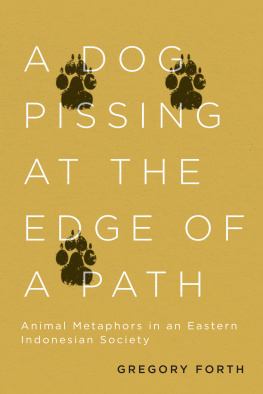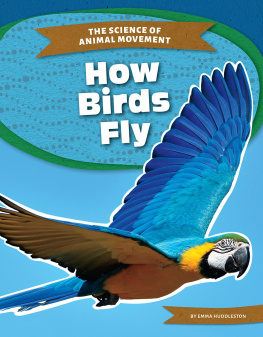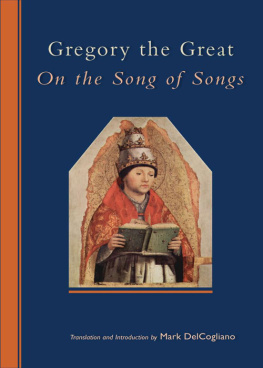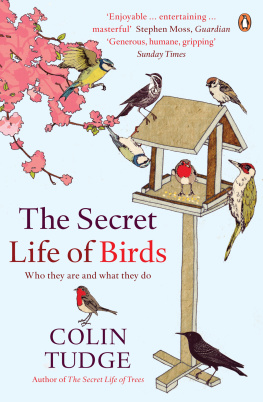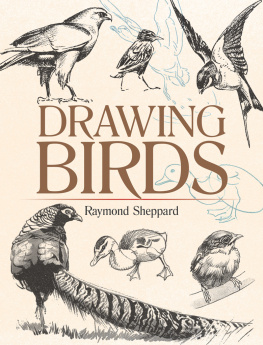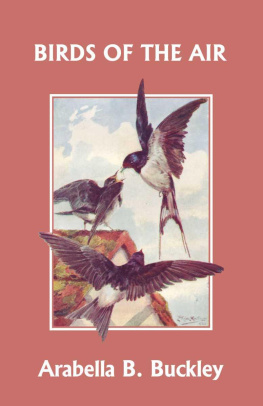Nage Birds
This unusual book describes in detail the relationship between the Nage people of eastern Indonesia and the birds whose environment they share. Based on more than a decade of ethnographic fieldwork, it explores the ways in which a human society interacts with members of another zoological class and attaches particular values to these in a variety of cultural and conceptual contexts. As well as a fascinating study of the local ornithology of the Indonesian island of Flores, Nage Birds provides a critical review of current theoretical debate regarding how non-western societies categorize and think about non-human forms of animal life. Ranging from issues of taxonomy and naming to the fascinating subject of birds prophetic associations and their places in religious representations, myth, poetry and song, Gregory Forths richly detailed work will be invaluable to students of ethnobiology, social and cultural anthropology, folklore, zoology and Southeast Asia.
Gregory Forth is Professor of Anthropology at the University of Alberta. His books include Dualism and Hierarchy (2001), Beneath the Volcano (1998) and Space and Place in Eastern Indonesia (1991).
Studies in environmental anthropology
Edited by Roy Ellen
University of Kent at Canterbury, UK
This series is a vehicle for publishing up-to-date monographs on particular issues in particular places which are sensitive to both sociocultural and ecological factors. Emphasis will be placed on the perception of the environment, indigenous knowledge and the ethnography of environmental issues. While basically anthropological, the series will consider works from authors working in adjacent fields.
Volume 1 A Place Against Time
Land and Environment in the Papua New Guinea Highlands
Paul Sillitoe
Volume 2 People, Land and Water in the Arab Middle East
Environments and Landscapes in the Bild as-Shm
William Lancaster and Fidelity Lancaster
Volume 3 Protecting the Arctic
Indigenous Peoples and Cultural Survival
Mark Nutall
Volume 4 Transforming the Indonesian Uplands
Marginality, Power and Production
Edited by Tania Murray Li
Volume 5 Indigenous Environmental Knowledge and its Transformations
Critical Anthropological Perspect
Edited by Roy Ellen, Peter Parkes and Alan Bicker
Volume 6 Kayap Ethnoecology and Culture
Darrell A Posey, edited by Kristina Plenderleith
Volume 7 Managing Animals in New Guinea
Preying the Game in the Highlands
Paul Sillitoe
Volume 8 Nage Birds
Classification and Symbolism among an Eastern Indonesian People
Gregory Forth
Volume 9 Development and Local Knowledge
New Approaches to Issues in Natural Resources Management
Alan Bicker, Paul Sillitoe and Johan Pottier
First published 2004 by Routledge
2 Park Square, Milton Park, Abingdon, Oxon, OX14 4RN
Simultaneously published in the USA and Canada
by Routledge
270 Madison Ave, New York NY 10016
Routledge is an imprint of the Taylor & Francis Group
Transferred to Digital Printing 2007
2004 Gregory Forth
Typeset in Galliard by Graphicraft Limited, Hong Kong
All rights reserved. No part of this book may be reprinted or reproduced or utilised in any form or by any electronic, mechanical, or other means, now known or hereafter invented, including photocopying and recording, or in any information storage or retrieval system, without permission in writing from the publishers.
British Library Cataloguing in Publication Data
A catalogue record for this book is available from the British Library
Library of Congress Cataloging in Publication Data
Forth, Gregory
Nage birds : classification and symbolism among an Eastern
Indonesian people / Gregory Forth.
p. cm. (Studies in environmental anthropology)
Includes bibliographical references and index.
1. Nage (Indonesian people) Ethnozoology. 2. Birds Classification.3. Folk classification Indonesia. 4. Nage (Indonesian people) Religion I. Title. II. Series.
DS632.N35F67 2003
598.1630899922dc21
2003046540
ISBN 0-415-31827-0
Illustrations
Plates
Figures
Tables
Maps
Preface
This book is in some sense (and, I hope, the best sense) the work of an amateur. It represents the efforts of a social and cultural anthropologist who came to ethnozoology indirectly, through an investigation of the religious ideas and practices of an eastern Indonesian people the Nage, who reside in the central part of the island of Flores. In addition to a professional involvement, moreover, the study is guided by a personal interest: a life-long fascination with birds. Nevertheless, following a time-honoured anthropological approach, my objective has been a total view of Nage knowledge of avifauna and their attendant conceptual and practical uses. The work, in other words, aims at a comprehensive understanding of the various ways in which a single human community connects with a single zoological class (the one zoologists label Aves), or, in ethnobiological terms, with a single life-form category. In regard to this specific focus, the book is unusual, at least so far as anthropology is concerned.
The origins of this study lie in two articles (Forth 1996a, 1998b), both based largely on research conducted during four field trips undertaken between 1991 and 1996. In the course of composing these essays, I came to realize that there was rather more I wanted to say about Nage knowledge of birds than space permitted; but in view of the way particular topics I wished to explore connected with other issues, both empirical and theoretical, I was not convinced that additional journal articles would be the best way to do so. In the meantime, I was invited by Dr Pierre Le Roux, then director of the Projet Grand Sud at Prince of Songkla University in Thailand, to contribute a chapter on Nage bird symbolism to a collection exploring the significance of birds in Southeast Asian cultures. I gladly accepted Dr Le Rouxs invitation. However, when it later appeared that a publisher might not be found for the collection, I again had to consider possible publishing venues. With this additional paper written, I came to see that by combining newer analyses not only with topics treated in 1996 and 1998 but also with parts of an earlier essay on a widespread mythological tradition incorporating bird characters (Forth 1992) a greater whole, and a more creative synthesis, might be realized. Eventually, therefore, I decided to write a proposal for a book-length treatment of Nage birds, the product of which is the present volume.
That was early in 2000. About the same time I learned of the availability of unpublished lists of bird terminologies from the languages of the island of Flores and neighbouring islands compiled by the late Father Jilis A.J. Verheijen SVD (190897), the foremost authority on the ethnobiology of the eastern Lesser Sunda Islands (the Indonesian province of Nusa Tenggara Timur). Since relatively little has been published on Indonesian folk zoology, I realized that access to Father Verheijens records could provide a comparative perspective on ethnoornithological classification and nomenclature paralleling the results of a comparative investigation of myth and symbolism I had undertaken in connection with a monograph on Nage indigenous religion (Forth 1998a) and my essay on eastern Indonesian origin myths (Forth 1992). Further facilitating a monographic treatment of Nage ethno-ornithology was the publication, in 1997, of the first comprehensive field guide of the birds of Wallacea, the biogeographical region of Indonesia that includes Flores island. As both ornithologists and students of Austronesian ethnobiology will immediately realize, I refer to Brian J. Coates and K. David Bishops magisterial work,


